35 Shocking Tap Water Facts: What's *Really* in Your Drinking Water?
The Ancient Origins of Water Treatment

Long before modern filtration, evidence suggests ancient civilizations like the Egyptians and Greeks boiled water to improve its taste and safety. Around 2000 BC, Egyptians used alum to clarify water, acting as a rudimentary coagulant. This demonstrates a long-standing human understanding of the need for clean drinking water, even without scientific explanations for its benefits.
Water Age and Source Diversity
The water you drink isn’t new! Some of the water flowing through your pipes today was once dinosaur pee. Water is constantly recycled, and some groundwater sources have been underground for hundreds or even *thousands* of years. Your tap water can come from rivers, lakes, reservoirs, or groundwater aquifers.
The '8 Glass a Day' Myth Debunked
The widely-circulated recommendation to drink eight glasses of water daily isn’t based on hard science. While staying hydrated is vital, individual water needs vary drastically based on activity level, climate, and diet. Your body also gets water from fruits and other beverages. [Source: Mayo Clinic - https://www.mayoclinic.org/healthy-lifestyle/nutrition-and-healthy-eating/in-depth/water/art-20045206]
Fluoride: A Double-Edged Sword

Adding fluoride to tap water is one of the most controversial public health measures. While credited with reducing tooth decay, concerns exist about potential health effects with long-term exposure. The optimal fluoride level is a topic of ongoing scientific debate and varies by region. [Source: CDC - https://www.cdc.gov/fluoridation/index.html]
Lead Pipes: A Lingering Threat
Millions of homes still have lead pipes or lead solder, particularly in older cities. Lead is a potent neurotoxin, and even low levels can be harmful, especially to children. Public water systems are responsible for monitoring lead levels, but homeowners often need to replace their service lines.
PFAS: The 'Forever Chemicals'
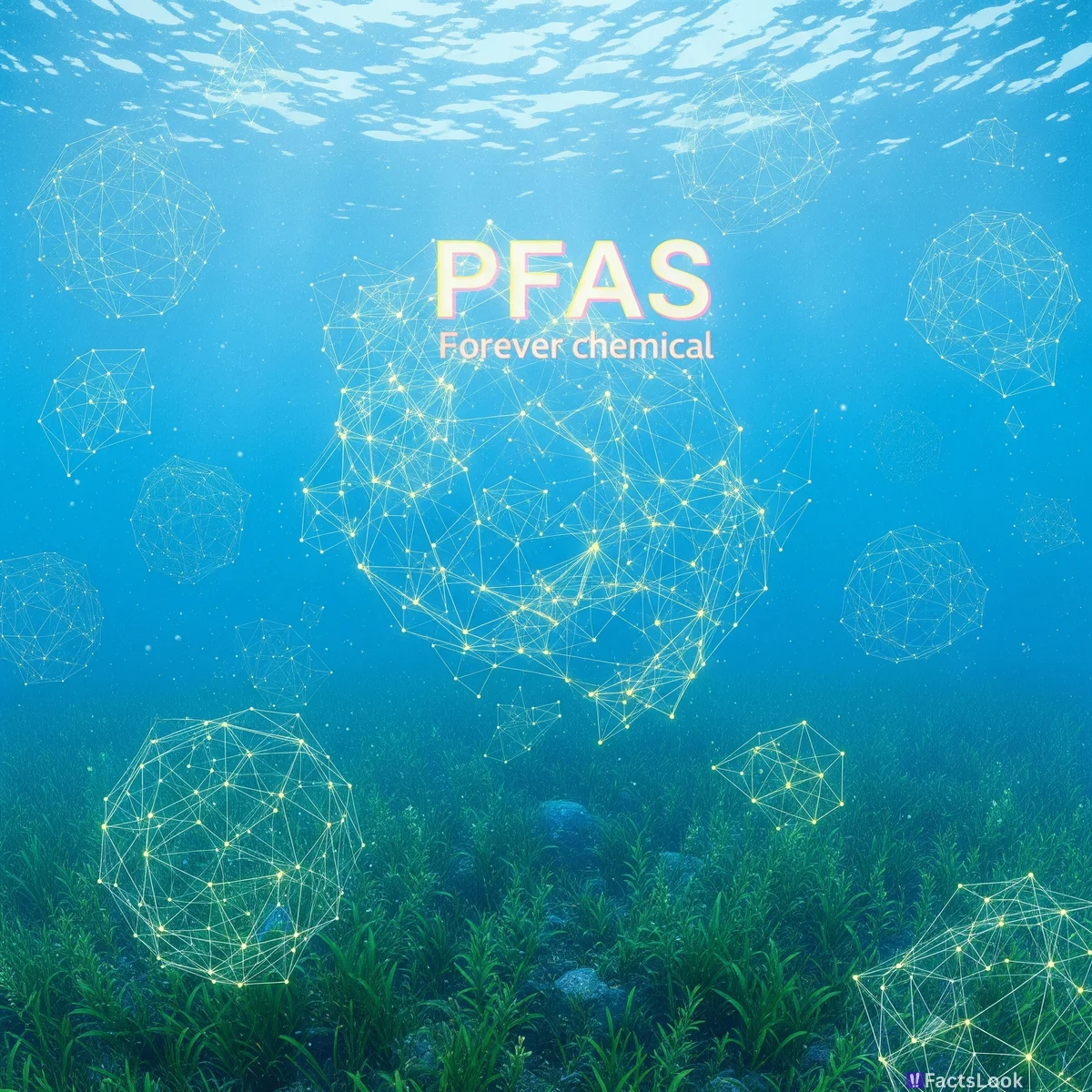
Per- and polyfluoroalkyl substances (PFAS), often called 'forever chemicals,' are increasingly detected in tap water. These man-made chemicals don't break down easily and have been linked to various health problems, including cancer and immune deficiencies. [Source: EPA - https://www.epa.gov/pfas]
Disinfection Byproducts (DBPs)
While disinfectants like chlorine are added to kill harmful bacteria, they can create DBPs, some of which are linked to cancer risk. Water treatment facilities aim to balance disinfection with minimizing DBP formation, a complex chemical challenge.
Microplastics in Tap Water
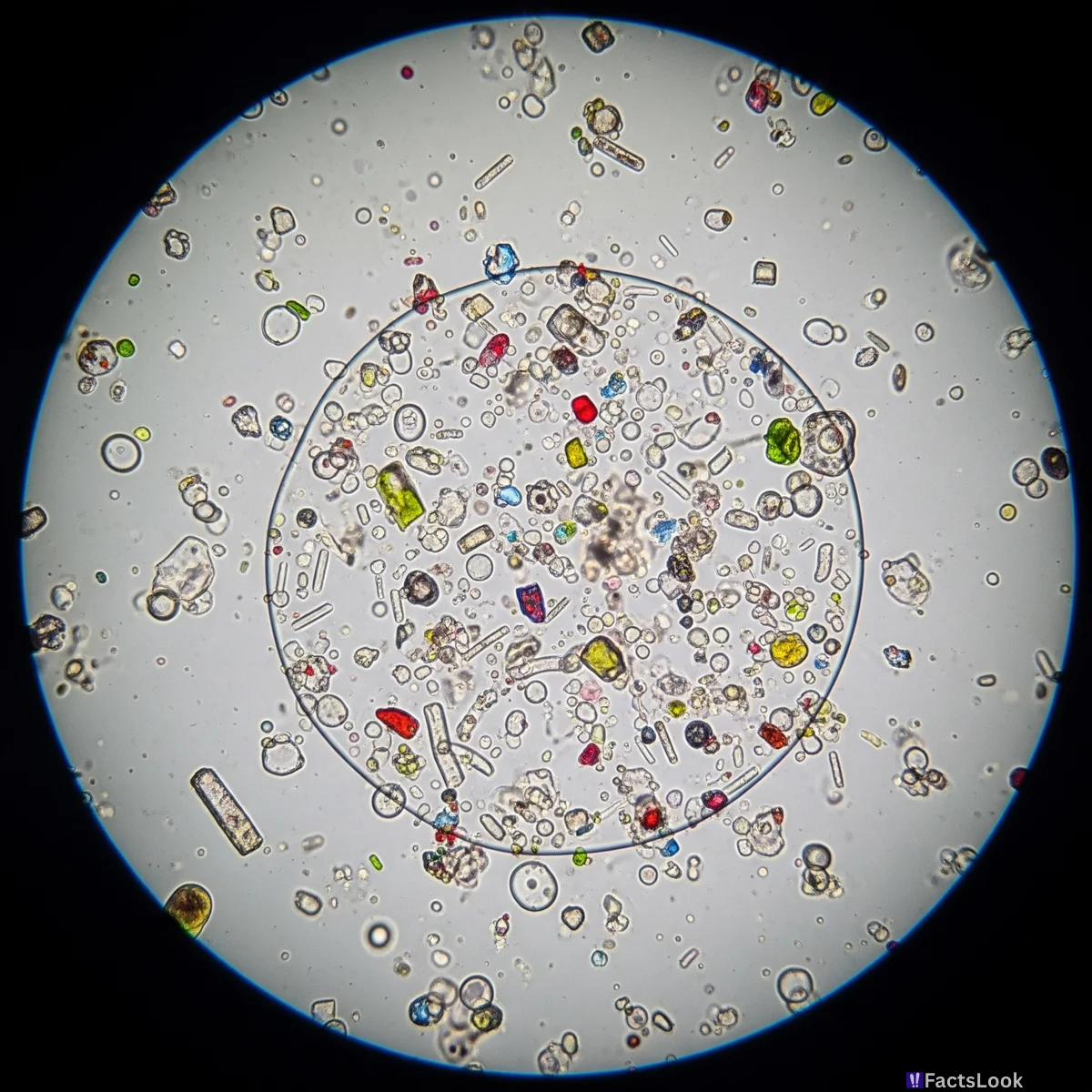
Microplastics – tiny plastic particles – are now found in tap water worldwide. While the health effects are still being studied, their presence in our drinking water raises serious environmental and health concerns. Sources include plastic breakdown and textile fibers.
The Importance of Water Hardness
Water hardness refers to the concentration of calcium and magnesium minerals. Hard water isn't harmful, but it can cause scale buildup in pipes and appliances, and affect soap's effectiveness. Soft water, while gentler on pipes, can sometimes have a slightly salty taste.
Water Treatment Plant Jobs Are Highly Skilled

Operating a water treatment plant requires extensive training and certification. Plant operators are responsible for monitoring water quality, adjusting treatment processes, and ensuring safe drinking water for the community. It’s a vital public health profession.
The Role of the Safe Drinking Water Act
The U.S. Safe Drinking Water Act (SDWA), enacted in 1974, sets standards for drinking water quality and requires monitoring and reporting by public water systems. It’s regularly updated to address emerging contaminants and protect public health. [Source: EPA - https://www.epa.gov/sdwa]
Bottled Water Isn't Always Superior
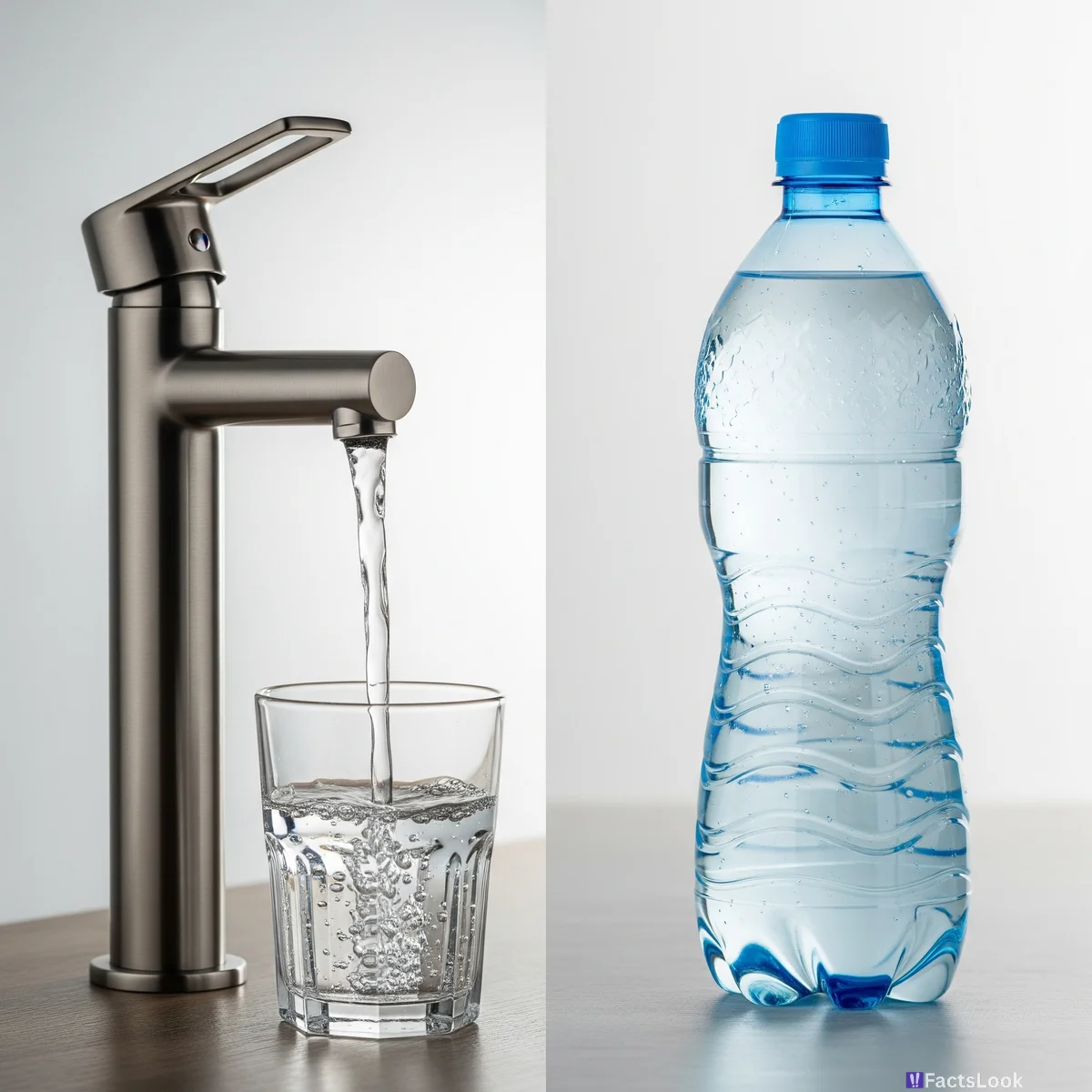
Surprisingly, bottled water isn’t always purer than tap water. In some cases, it’s simply reprocessed tap water. Bottled water also contributes to plastic waste, a significant environmental problem.
The Taste of Water is Subjective
What tastes good to one person might not taste good to another. Taste is affected by mineral content, pH, temperature, and individual sensitivity. Many people dislike the chlorine taste, which can be removed with a filter.
Reverse Osmosis: A Powerful Filtration Method
Reverse osmosis (RO) is a highly effective water purification method. It uses pressure to force water through a semi-permeable membrane, removing contaminants like lead, PFAS, and bacteria. However, RO systems can waste water during the process.
UV Disinfection – A Chemical-Free Option
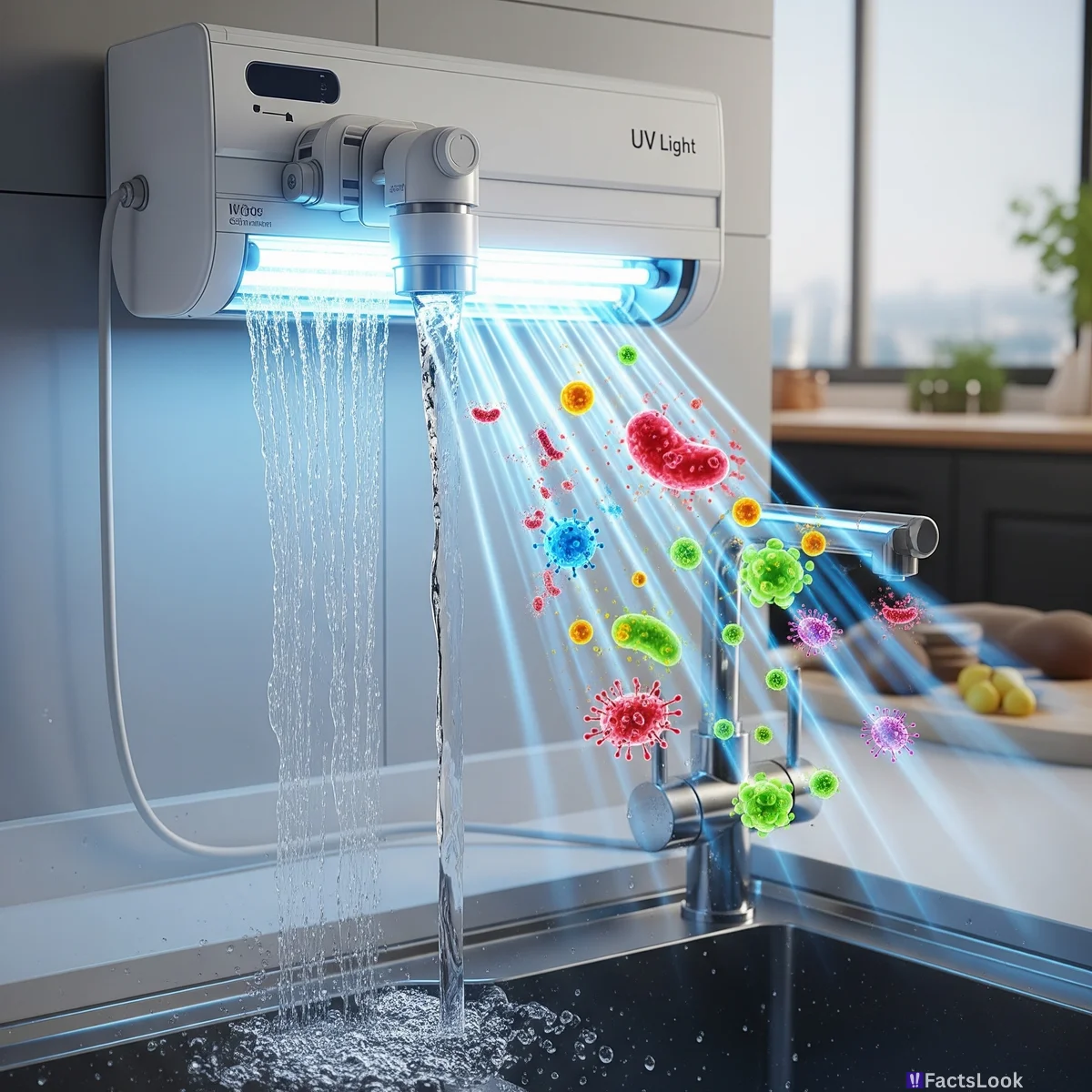
Ultraviolet (UV) disinfection uses UV light to kill bacteria and viruses in water without adding chemicals. It’s a popular choice for well water systems and can be used in conjunction with other filtration methods.
Water Quality Reports: Your Right to Know
Public water systems are required to provide annual water quality reports (also known as Consumer Confidence Reports) to their customers. These reports detail the levels of contaminants detected and whether the water meets EPA standards. You can often find these online.
Emergency Preparedness: Water Storage
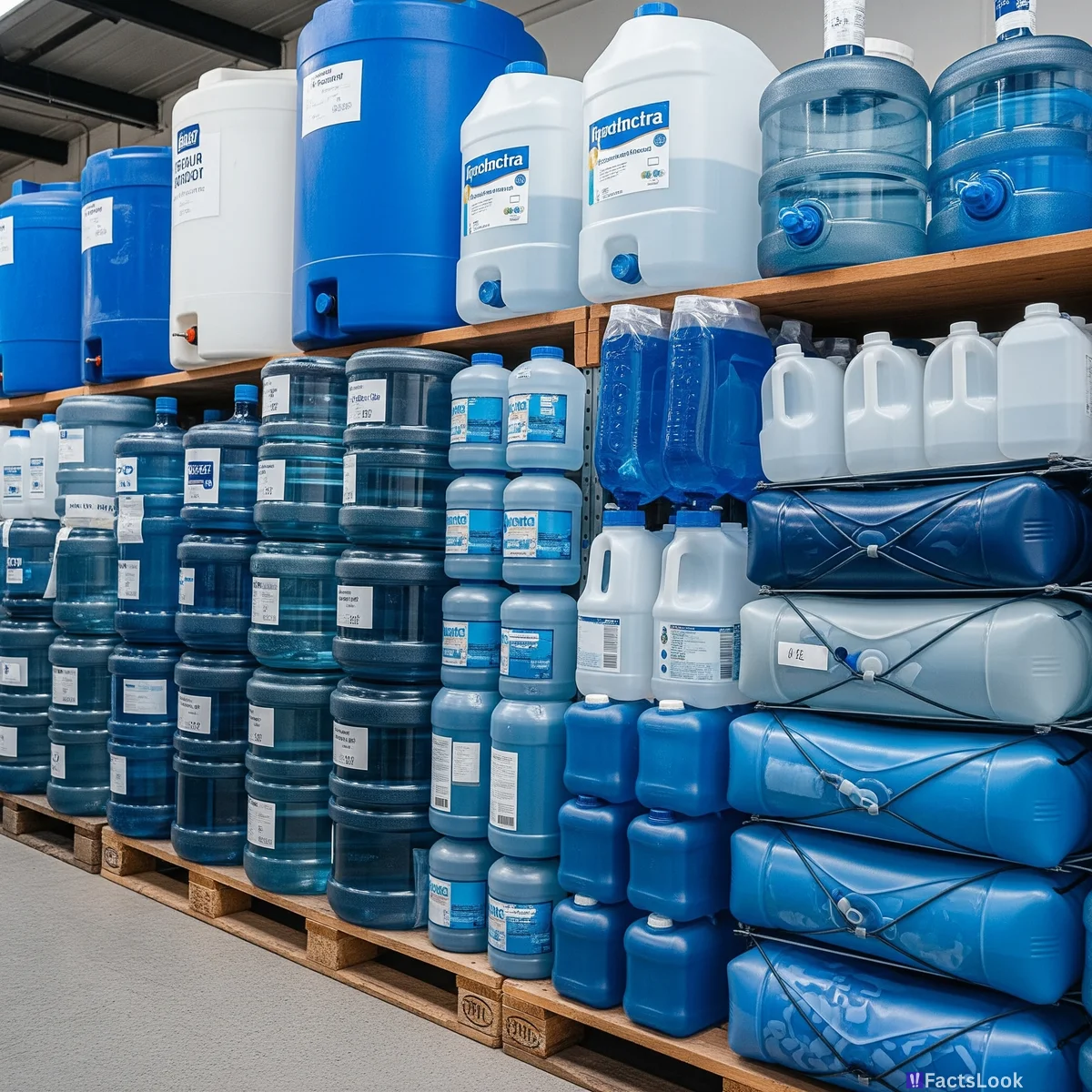
In case of emergencies, it's wise to have a supply of potable water on hand. FEMA recommends at least one gallon of water per person per day for several days. Properly stored water can last for six months to a year. [Source: FEMA - https://www.ready.gov/water]
The Impact of Agriculture on Water Quality
Agricultural runoff– fertilizers, pesticides, and animal waste – can contaminate surface and groundwater sources. This can lead to increased levels of nitrates and other harmful substances in drinking water.
Boil Water Advisories: What To Do
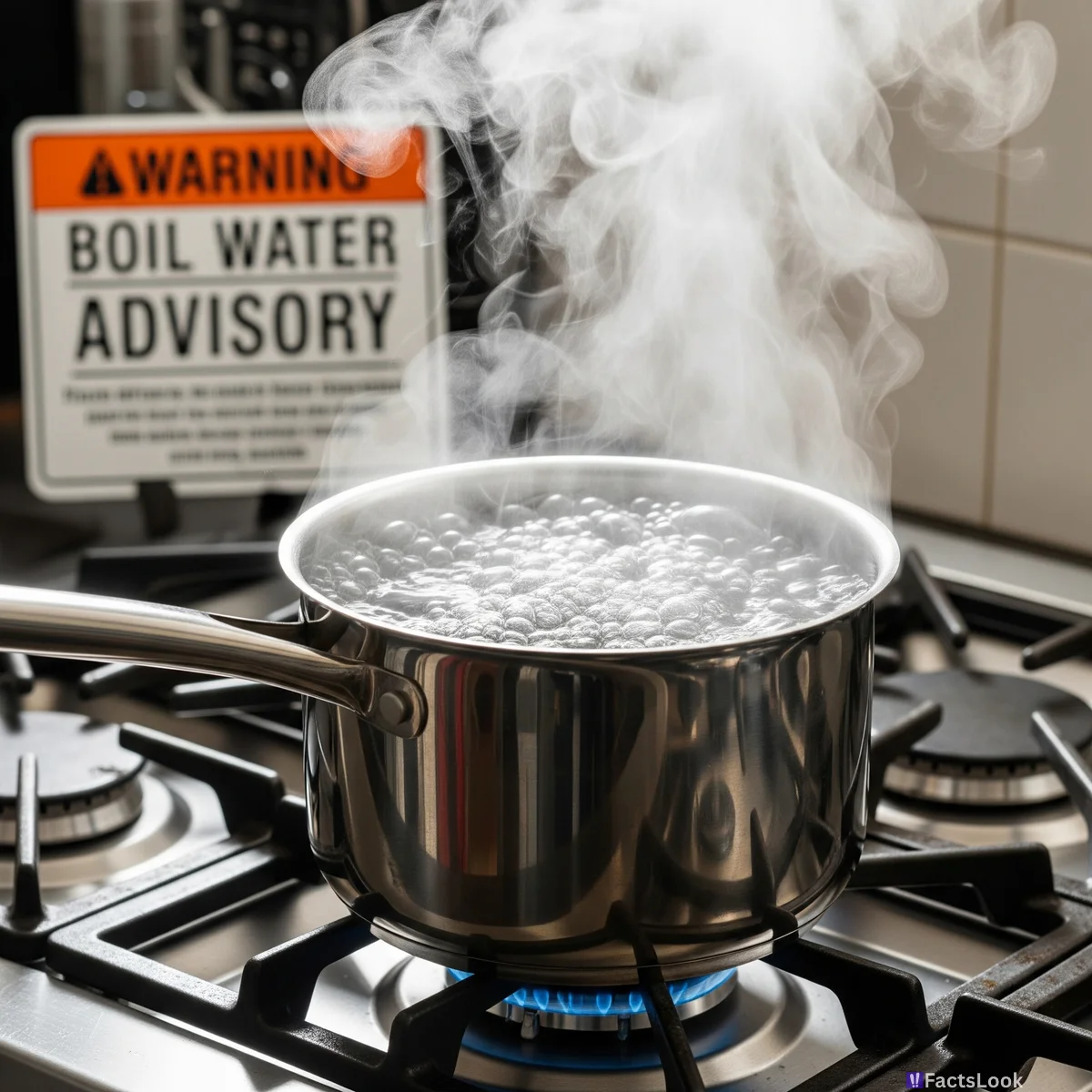
A boil water advisory means your water may be contaminated. Boil water for 1 minute before using it for drinking, cooking, or brushing teeth. This kills most harmful bacteria and viruses.
Water Filters: A Variety of Choices
Numerous water filter options are available, from pitcher filters to whole-house systems. Consider your specific needs and the contaminants you're concerned about when choosing a filter. Some filters target specific contaminants, while others offer broader spectrum filtration.
The Relationship Between Water and Energy
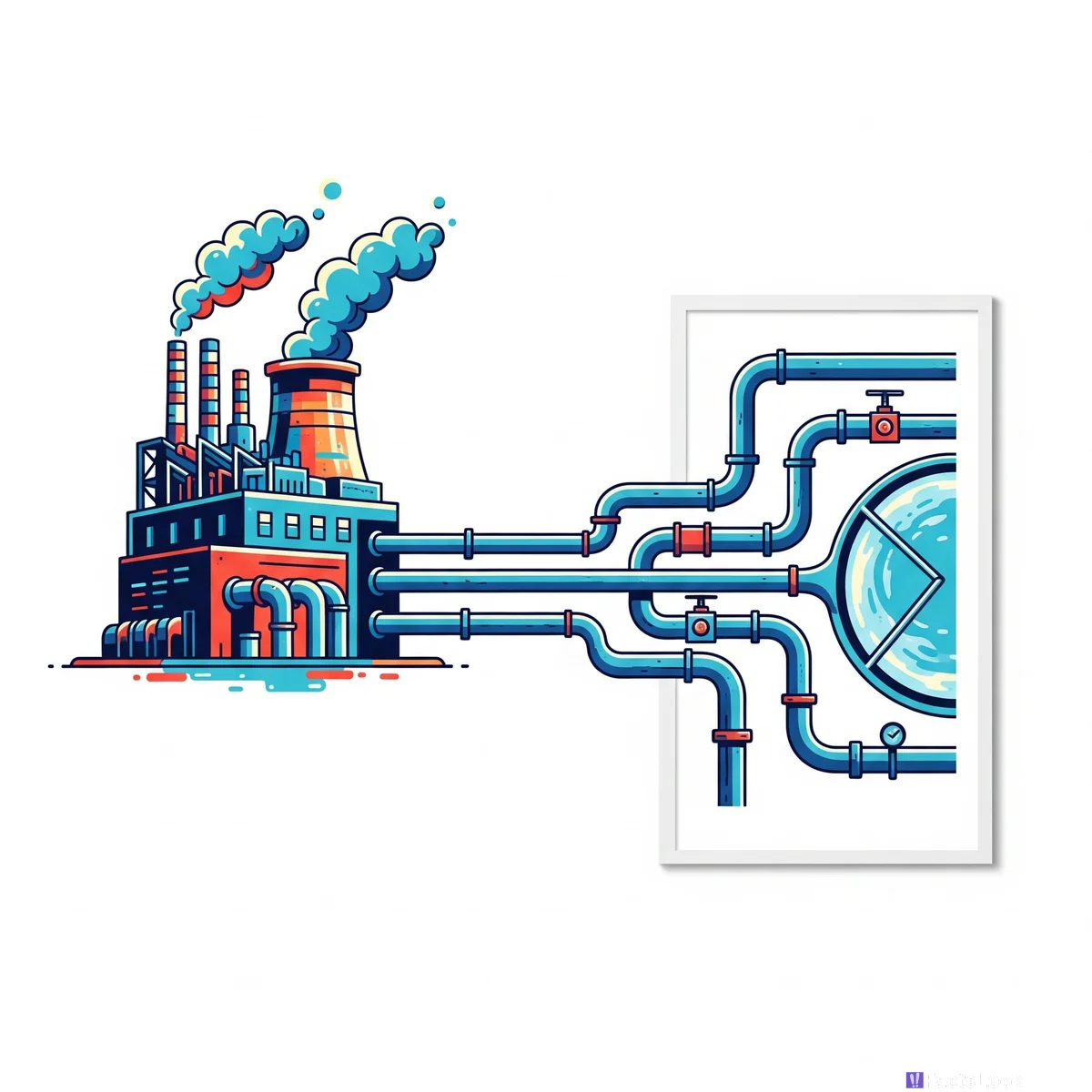
Treating and distributing water requires significant energy. Pumping, filtration, and disinfection processes all consume electricity. Reducing water consumption also reduces energy demand, benefiting the environment.
The Effect of Climate Change on Water Quality
Climate change is exacerbating water quality issues. Warmer water temperatures promote algal blooms, increased rainfall leads to runoff, and droughts concentrate contaminants. It all impacts the availability of safe drinking water.
Water Conservation Reduces Strain on Treatment Facilities
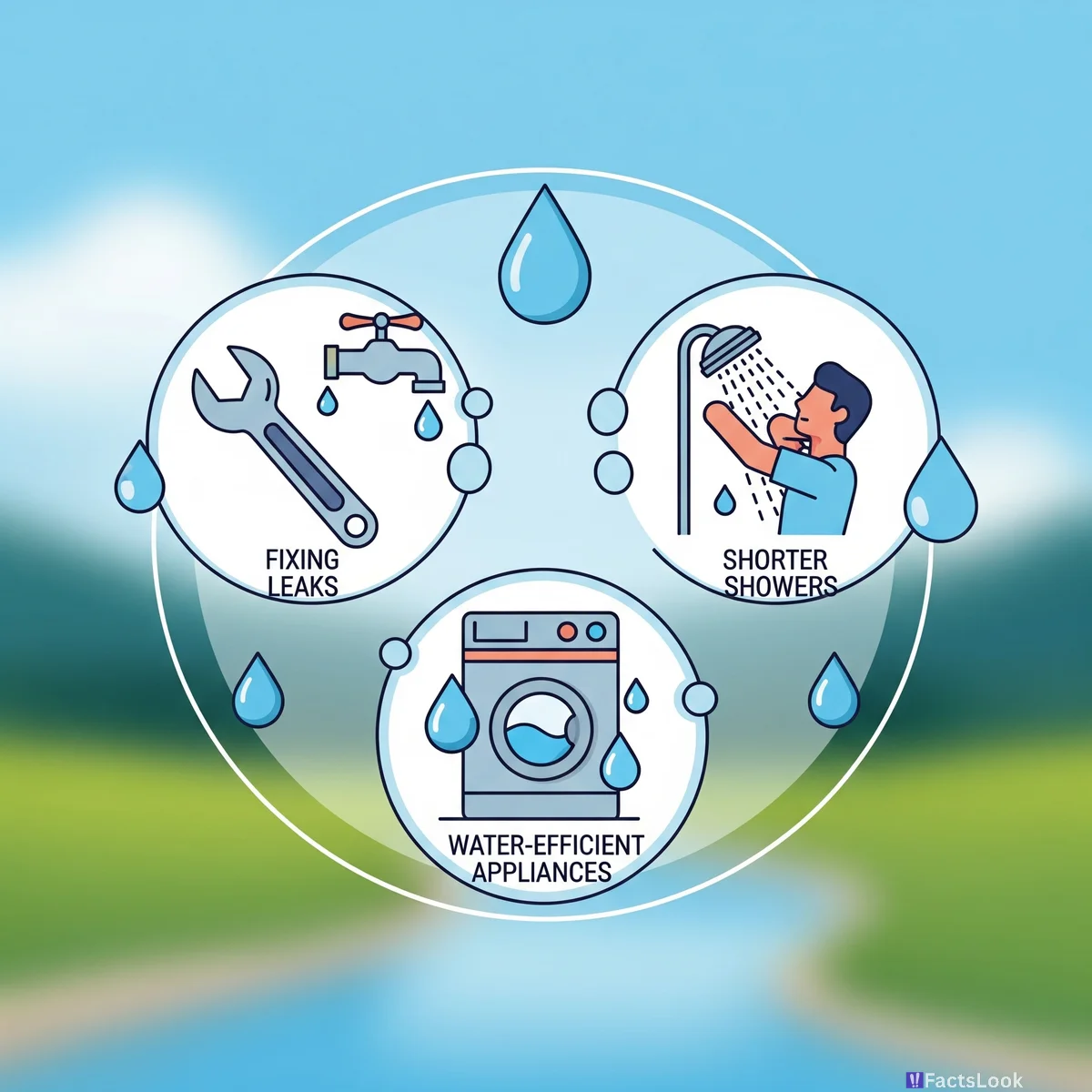
Conserving water reduces the amount that needs to be treated, lessening the burden on treatment facilities and lowering energy consumption. Simple actions like fixing leaks and taking shorter showers can make a big difference.
The Role of Septic Systems
Homes not connected to public sewer systems rely on septic systems. Malfunctioning septic systems can contaminate groundwater and nearby surface waters, posing a risk to drinking water supplies.
Water Softeners and Sodium Levels
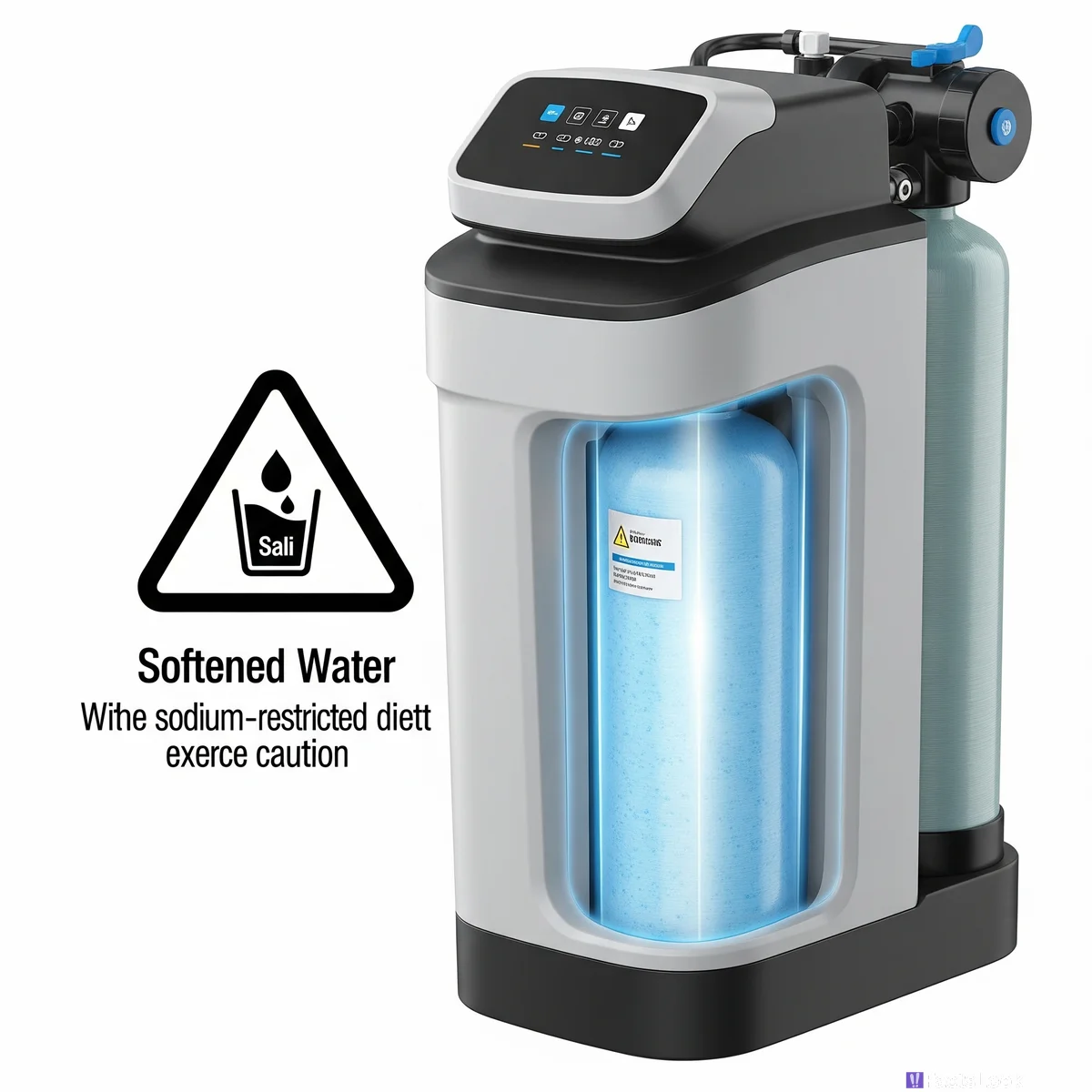
Water softeners often use salt to remove minerals, increasing the sodium content of the water. Individuals on low-sodium diets should consider alternatives or check sodium levels before consuming softened water.
The History of Chlorination
Chlorination was a revolutionary breakthrough in water treatment, introduced in the early 20th century. It significantly reduced waterborne diseases like typhoid fever and cholera, dramatically improving public health.
Radon in Drinking Water
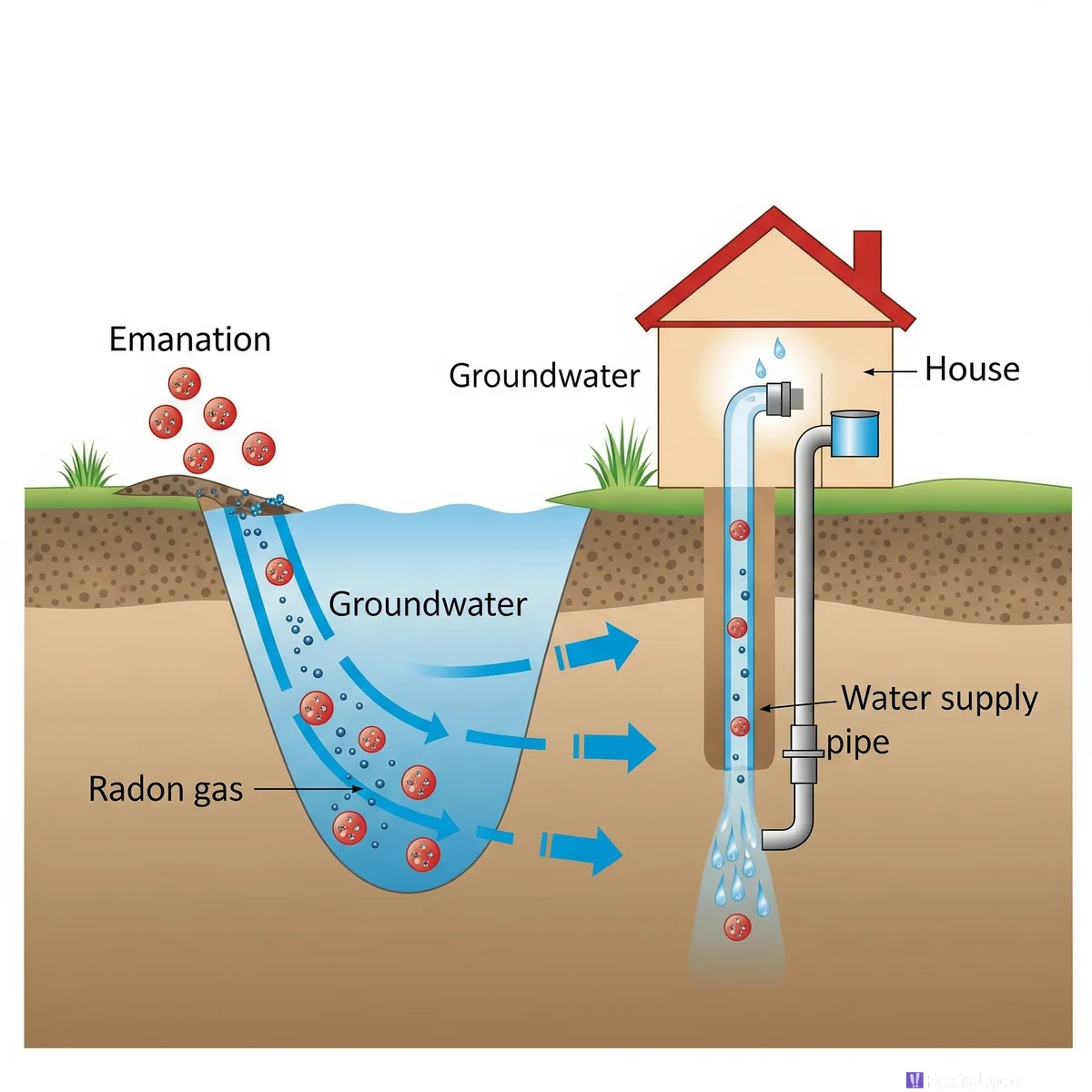
Radon, a radioactive gas, can enter drinking water from underground sources. While typically associated with air, radon in water can pose a health risk if inhaled during showering or washing. [Source: EPA - https://www.epa.gov/radon/radon-in-drinking-water]
Copper Pipes and pH Levels
Acidic water can corrode copper pipes, leading to copper leaching into the drinking water. This can cause a metallic taste and pose health risks. Maintaining a neutral pH level is crucial for protecting copper plumbing.
Well Water Testing is Crucial
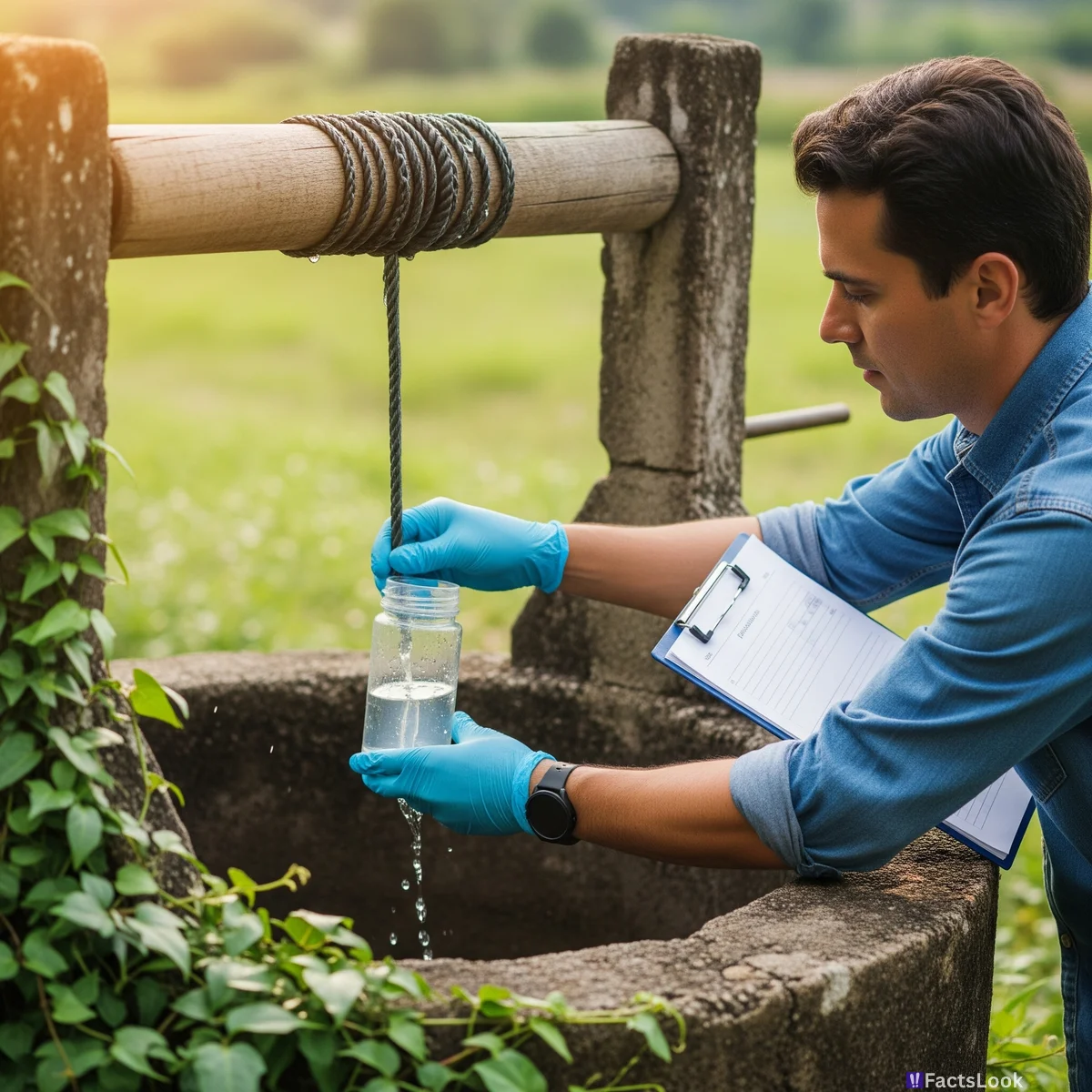
If you rely on well water, regular testing is essential. Well water isn't subject to the same regulations as public water systems, and contamination can occur from nearby agricultural activity or septic systems.
The Future of Water Treatment: Nanotechnology
Nanotechnology is emerging as a promising tool for advanced water treatment, offering the potential to remove even the smallest contaminants. Research is ongoing to develop cost-effective and sustainable nanotechnology solutions for water purification.
Comments
Loading comments...